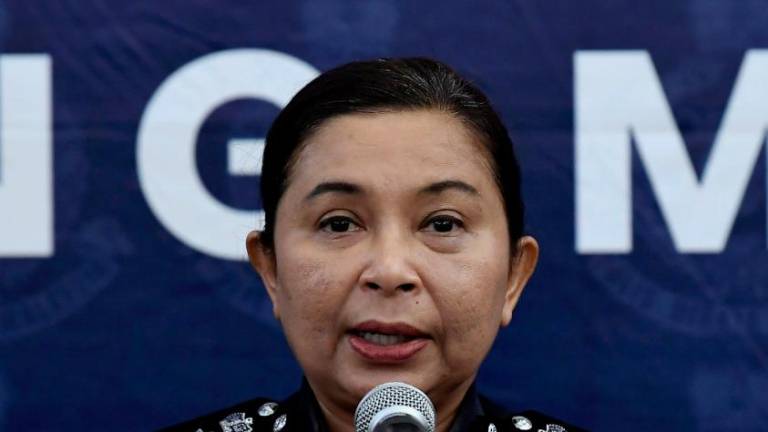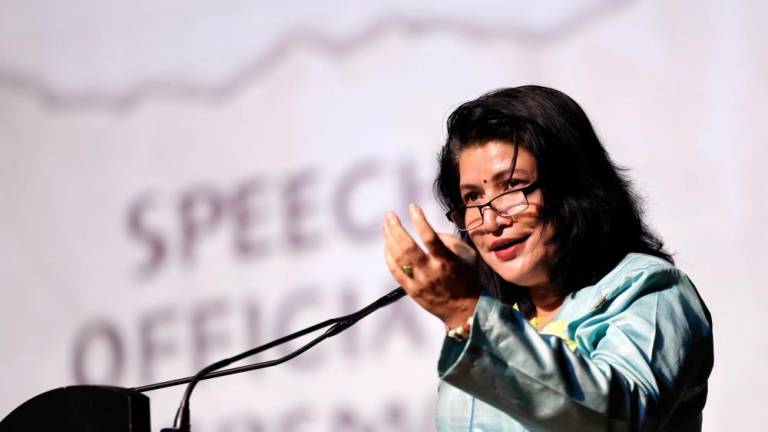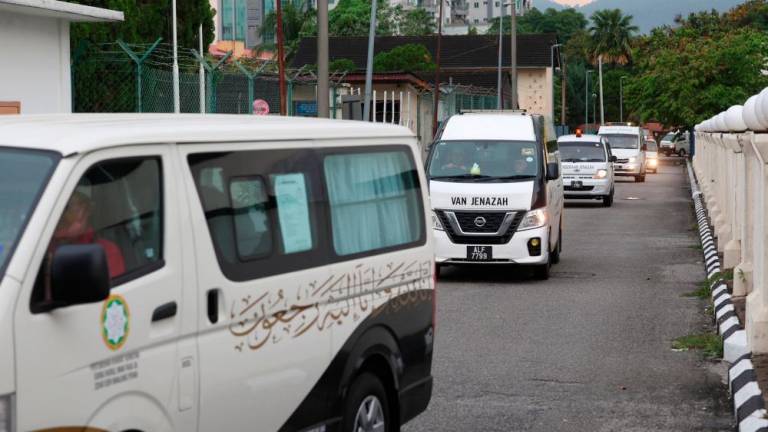KUALA LUMPUR: Eastspring Investments Bhd sees 2023 to be even more challenging than 2022, with slower growth and tighter financial conditions in the developed markets, especially with the United States (US) and Europe, clouding the global economic outlook.
In its 2023 market outlook report, “Navigating the global reset”, the asset management firm opined that inflation would likely be higher than what it used to be in the decades prior to Covid-19, and current conditions are likely to extend into the first quarter (Q1) of 2023.
A better global economic outlook is only likely to emerge in the second half (H2) of 2023 as investors navigate past peak inflation and the US Federal Reserve’s (Fed) hawkishness, it said.
Eastsprings chief investment officer Bill Maldonado said the outlook for inflation and its impact on monetary policy would continue to drive markets next year.
“If the Fed succeeds in driving down inflation with determined rate hikes, the ensuing slower growth should favour quality fixed-income solutions. This is especially the case for Asian bonds whose yields are at their most attractive in over a decade,” he said in his foreword.
Maldonado said a more benign economic backdrop is expected in 2023’s second half, and this environment would be positive for risk assets, including Asia and emerging market equities, as well as Asian credit, and this coincides with the expected timing of China’s full reopening.
“As China fine-tunes its Covid policy and rolls outs more supportive measures for its beleaguered property sector, we believe that we are past the worst in terms of impact for investors,” he said.
Maldonado also noted that Asian and emerging economies have been relatively resilient in 2022 as regional tightening measures have been more moderate on the back of weaker inflation.
He said central banks in emerging markets have also tightened monetary policy, but generally not to the magnitude and pace seen in developed markets.
“Inflation in Asia has been relatively benign partly due to the smaller fiscal stimulus response to the pandemic, unlike the US, less exposure to the energy shocks unlike Europe, as well as more government subsidies, some of which have been passed onto consumers, he said.
Diversification of supply chains
Compared to the 2010s, which was a perfect backdrop for growth and quality investing, the early 2020s saw policy responses to Covid-induced slowdown more focused on investing in the real economy, with capital expenditure plans returning and decarbonisation efforts front of mind, Maldonado said.
“Going into 2023, we see North Asian markets benefitting from China’s gradual reopening. Meanwhile, India and Asean will continue to offer investors opportunities arising from the ongoing supply chain diversification and global decarbonisation cycles,” he said.
In Japan, Maldonado said, decades of corporate restructuring have borne fruit resulting in greater efficiencies and improved profitability. Hence Eastspring sees a significant upside for Japanese equities in 2023 and beyond.
According to Eastspring, Asia’s long-term investment attributes remain intact despite a reset in the growth trajectory due to scarring from the Covid pandemic, with a key theme in recent years being the diversification of global supply chains out of China, mainly into the rest of Asia.
It said within Asean, countries that have been key beneficiaries of such migration include Vietnam and Indonesia, while India was also starting to see the benefits of this move with the electronic manufacturing services and electric vehicle (supply chain emerging as high growth areas.
“Across Asia, sustainability is another growth driver with the green infrastructure required to reduce carbon emissions offering many investment opportunities, as well as opportunities for investors to align their investments with their sustainability views.
“Asia’s sustainable bond market will play a pivotal role in funding sovereigns and corporates in their transitions. We expect to see more green, social and sustainability bonds being issued by property companies to build and refurbish the energy-efficient buildings,” it said.
A more uncertain environment
Meanwhile, Maldonado highlighted that volatility is expected to remain elevated in 2023 as the Russia-Ukraine geopolitical events are hard to predict.
“A deep US recession and a disorderly reopening in China are also potential risks that investors may have to contend with,” he added.
Maldonado said portfolio resilience would be very important over the next 12 to 18 months as the economy transitions from an inflation-dominant regime to a more uncertain environment.
“The Russia-Ukraine conflict in 2022 is perhaps a reminder to investors that following a decade of relatively peaceful geopolitical environment, we may be ushering in a new period of skirmishes caused by rivalry between great powers,” he said.
He said investors can consider making use of smart beta, multi-factor, and low volatility strategies to build portfolios that are less influenced by swings in market sentiment.
“As Asia and the world race towards net zero carbon, we see sustainable investing becoming more entrenched in the region. Increasingly, there is a move away from a pure exclusions approach to one that embraces greater engagement.
“This encourages us to continue in our efforts to engender change among our investee companies and add value to our stakeholders and the community,” he added. - Bernama













